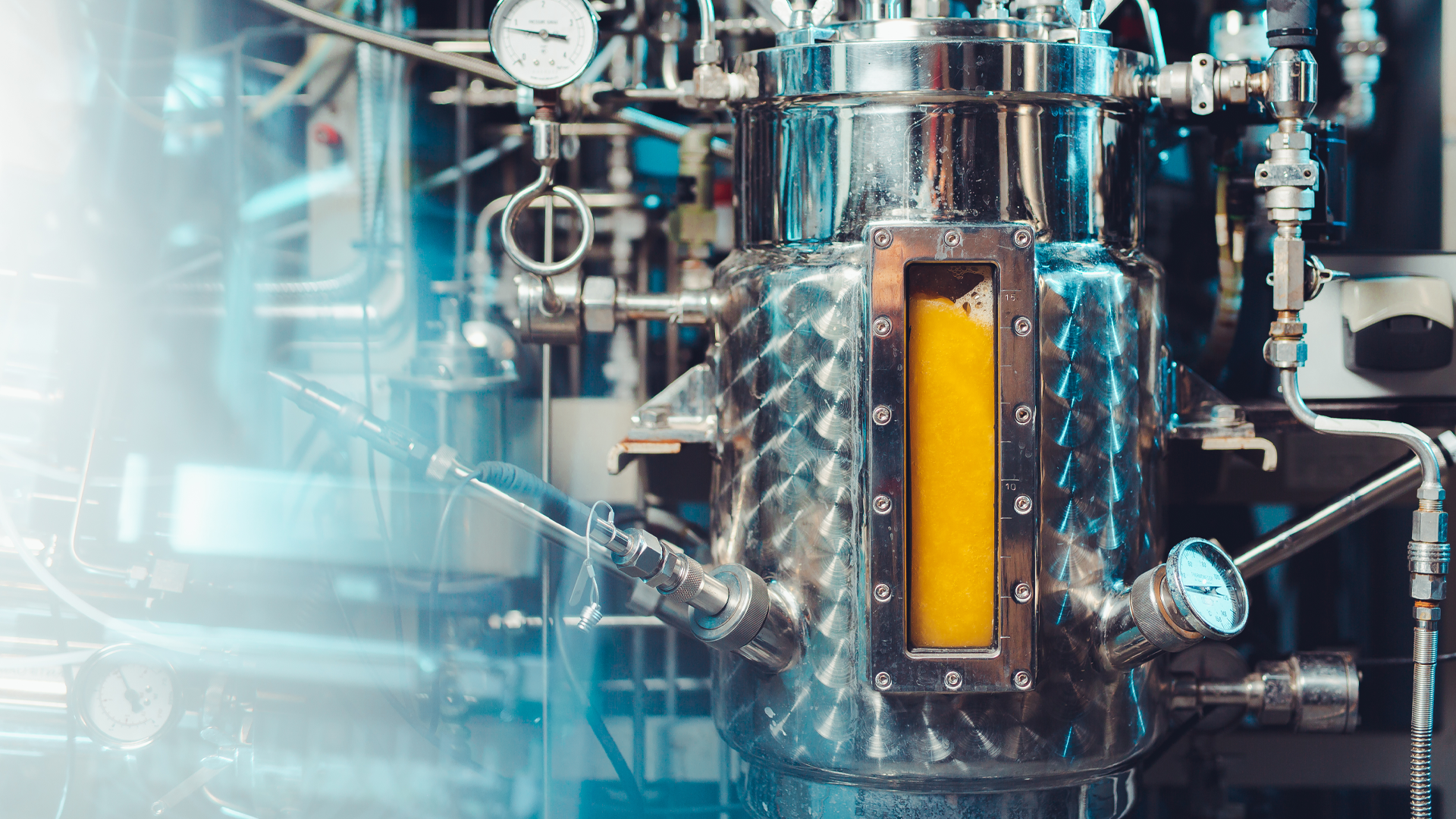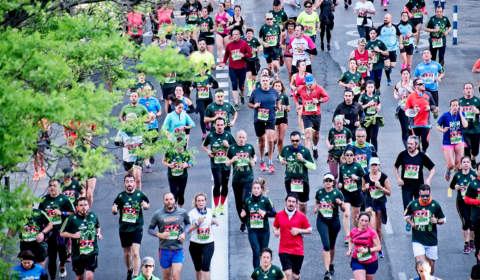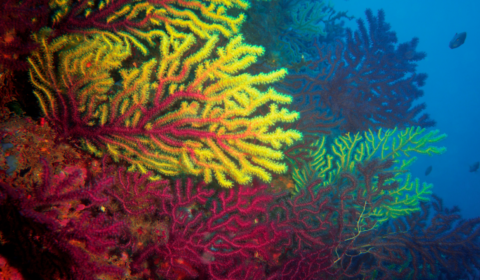What are the problems with traditional food processes?
Finding a way to sustainably feed future human populations without destroying the planet is the biggest challenge of our lifetime. The relentless rise in human population is fuelled by our consumption of the world’s natural resources and each year humanity fells around 15 billion mature trees for farmland.
About 50% of the earth’s habitable surface is covered in farmland and this percentage is increasing, causing habitat loss, which is currently the biggest killer of existing wildlife.
In particular, forests around the world such as the Amazon are being cut down to grow soybeans, which are rich in protein and therefore essential for a large variety of processed foods and to feed farm animals.
What could the solution be?
‘Solein’, the protein powder produced from nothing but air, could be a solution to the land use crisis.
Disconnecting food production from agriculture and land use not only makes it sustainable but also means we can produce food everywhere – whether in the desert, arctic, or even in space!
According to the CEO of Solar Foods, Pasi Vainikka, one kg of ‘Solein’ can provide the daily recommended intake of protein for up to ten. Its production only requires a fraction of the space that conventional farming does.
To produce the powder, Solar Foods first uses electricity from solar panels to split water, releasing hydrogen. This hydrogen is then added to carbon dioxide alongside other nutrients like potassium, sodium, and phosphorus, and fed to bacteria from the soil.
The bacteria turn this chemical into protein-rich organic matter and does so far more efficiently than photosynthesise from traditional plants.
In fact, Solar Foods can convert electricity into food with about 20% efficiency, which is many times higher than photosynthesis.
This new innovation, therefore, is potentially a better solution than crops. The most accurate analyses published to date suggest that this process could produce ten times more protein than conventional farming on any given patch of land.
Can we really save the planet by making food from air?
Whilst there is no doubt that food from air is a technological breakthrough, sceptics have debated whether it’s really fit for use on a global scale.
On the one hand, Solar Foods has created technology with immense potential. For example, producing ‘Solein’ instead of soybeans would allow for 10 km2 of fields to be turned into 1 km2 of solar panels, where the other nine can be reforested.
The start-up prices its protein powder at about 6-9 pounds per kilo, which is competitive with plant and animal-based proteins on the market.
The powder is also very versatile. The founders suggest that ‘Solein’ can be added to existing foods as a supplement, used in plant-based meat alternatives, or as a source of amino acids for creating lab-grown meats.
Despite these benefits, some potential concerns have been raised.
For one, the process still requires hydrogen and we currently do not have enough renewable energy to power the highly inefficient process of electrolysis (splitting water) to get hydrogen on a global scale.
Putting huge amounts of renewable energy into hydrogen production may undercut existing efforts to limit climate change, which represents an equally great threat to wildlife.
Finally, there is also a question of demand and whether protein powder made from air and electricity will even be attractive to consumers, if it does reach the market.
Professor Peter Tyedmers (from Dalhousie University in Nova Scotia) deems the project impossible to scale up to a level where it could ever compete against the current agricultural system. He suggests that its price is still too high to address global food insecurity, as the product would never be affordable to the most impoverished.
Whilst ‘Solein’ may be a technological marvel, he argues, it is not a food system.
Only time will tell…
It remains to be seen whether ‘food out of thin air’ is really the future of feeding humanity.
Solar Foods has just received 10 million euros in funding from the Finnish Climate fund which will enable it to start commercial-scale production of ‘Solein’. The company is set to open its first industrial facility in Finland by 2023.
In the meantime, we must continue to do all we can to minimise agricultural land use by eating less meat and continuing to increase crop yields by embracing genetically modified supercrops.
This article was originally written by Chiara Pfeiffer. ‘Hi! I’m Chiara (she/her) and I am an undergrad studying biology at the University of Oxford, currently interning at Thred. I am passionate about all things to do with innovation, social change and using science to build a more sustainable future for our planet.’




















